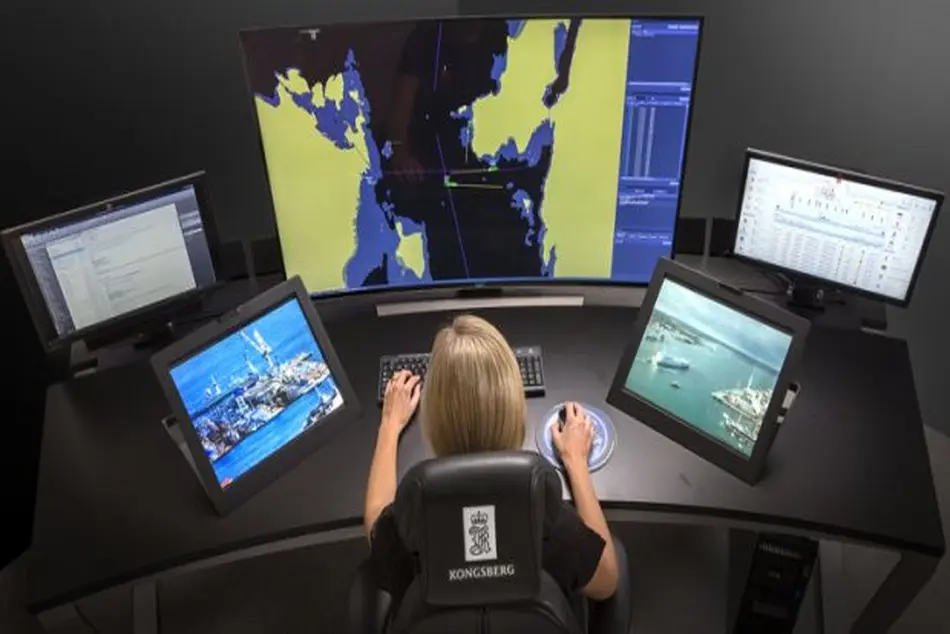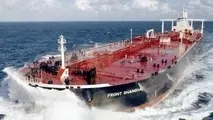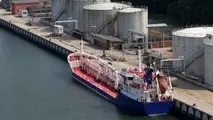Project improving marine traffic launched in Singapore

TIN news: In cooperation with Maritime and Port Authority in Singapore, Kongsberg demonstrated its SESAME Straits project, at Singapore Maritime Technology Conference. The project utilizes e-Navigation concepts to reduce maritime traffic congestion and hot spots, as well as improve traffic safety and efficiency.
The SESAME Straits project (Secure, Efficient, and Safe maritime traffic Management in the Straits of Malacca and Singapore) is a 3-year joint Singapore and Norway project, funded by the Norwegian Research Council and led by Kongsberg Norcontrol, in collaboration with project partners, including the Norwegian Coastal Administration, Navtor, University of South East Norway, SINTEF Ocean, Kongsberg Seatex, Kongsberg Maritime and Singaporean partners.
The technology legs of the project are ship systems, shore systems and AIS and VDES communications. The involved parties intend to develop and validate shared situational awareness and cooperative decision making between the bridge team and shore side operators.
The project’s objective is to improve the safety of vessel traffic and enable “Just-in-time” arrival technology, improving the efficiency of existing port infrastructure, and reducing the environmental footprint by making it possible to predict possible vessel traffic hot-spots in congested waterways, as well as providing new strategies to avoid such congestions.
“The successful test in the Straits of Singapore proved the potential of utilizing e-Navigation and ship to shore communications in order to increase safety and efficiency of maritime operations. The results of the project prove that the technology has the potential of being a game changer”, says Geir Håøy, President and CEO of Kongsberg.
The SESAME Straits partner consortium is already planning a follow-up project, one that will take the Just-in-time Arrival technology further by introducing automated ship-to-shore reporting, route optimization, and linking port services and logistics to the ship’s arrival time, thereby further increasing efficiency and reducing waiting time.



